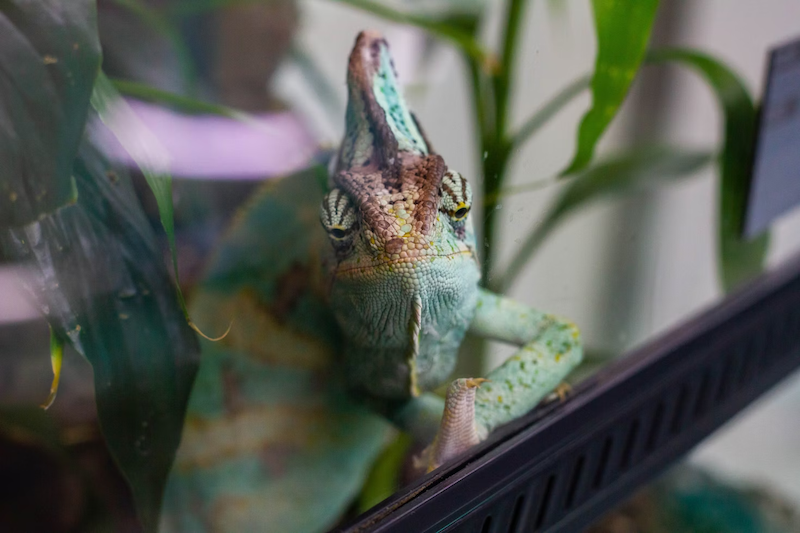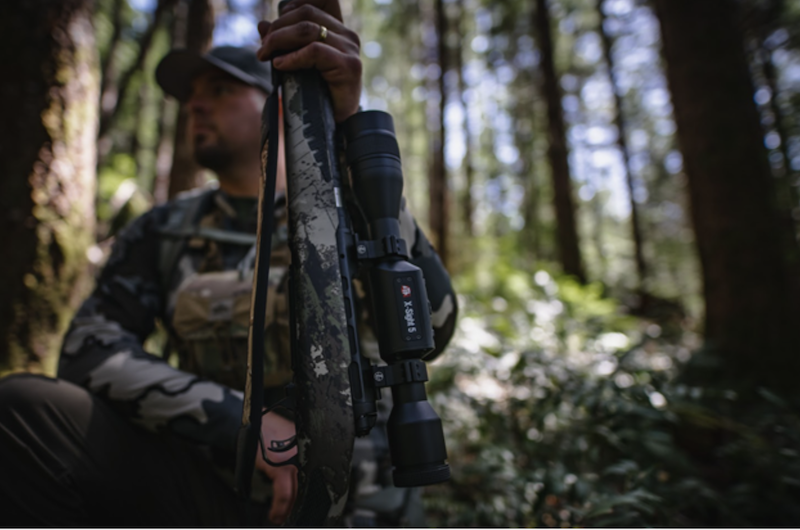Branded Content by Cosmic Press
Image source: https://unsplash.com/photos/a-small-lizard-sitting-on-top-of-a-window-sill-W74c3uwFepg
Terrariums are like tiny glass gardens, offering a window into the fascinating world of ecosystems. These enclosed environments let you observe plant and animal life while simulating diverse habitats.
By experimenting with terrarium-based projects, you will uncover the secrets of adaptation and survival in miniature landscapes. Here are three projects that are sure to spark your curiosity.
1. Explore Plant Growth and Water Cycles in a Mini Closed Ecosystem
When you create a self-sustaining terrarium, you’re building a tiny world right in front of your eyes. This microcosm is more than just an eye-catching display; it’s a chance to witness the ecosystem in action. By sealing plants like ferns, mosses, or small succulents within a glass container, you’ll set up conditions for natural cycles to thrive.
The process starts when plants release moisture through transpiration. This forms condensation on the walls and trickles back into the soil – just like rain. You’ll notice how plants adjust their growth patterns over time, reaching toward light or spreading roots deeper.
With patience, observe interactions that resemble those in larger ecosystems. For instance, you’ll notice that microorganisms break down organic matter, enriching the soil with nutrients and maintaining balance without human intervention.
Here are the steps to take:
- Choose appropriate glass containers with lids.
- Add drainage layers using pebbles or activated charcoal.
- Layer potting soil over the drainage material.
- Plant ferns or mosses evenly across the surface.
- Mist gently before sealing it up.
2. Observe Live Feeding Behaviors
Setting up a terrarium also offers you an excellent way to explore the natural feeding behaviors of different creatures. You can observe the fascinating world of predation and foraging within this enclosed environment.
Consider housing small creatures like praying mantises, frogs, or rainforest lizards like geckos in your terrarium. These animals exhibit diverse feeding strategies that are sure to captivate your attention. For instance, praying mantises are ambush predators, while frogs actively hunt with their sticky tongues.
By studying these behaviors, you’ll gain insights into predator-prey dynamics and survival tactics.
To get started:
- Select a secure terrarium with proper ventilation.
- Choose a suitable substrate material for your creature’s comfort.
- Add hiding spots using plants or rocks to mimic their natural habitat.
- Introduce prey appropriate for each species (such as mealworms, hornworms, and Dubia roaches which can be sourced in exotic pet stores and online suppliers like TopFlight Dubia).
- Observe how different species capture and consume food over time.
3. Simulate Diverse Climates
Terrariums let you replicate diverse climates, like deserts or rainforests, right on your desk. By adjusting conditions, you can observe how plants and animals adapt to different environments.
For a desert terrarium, select cacti or succulents that thrive in arid conditions. These plants showcase water-saving adaptations like thick leaves and shallow roots.
A rainforest terrarium might house ferns or bromeliads requiring humidity and warmth. You’ll see how these species flourish in moisture-rich settings with diffused light.
To start creating your climate-themed terrarium:
- Pick a glass container suited for either dry or humid environments.
- For deserts, use sandy soil with good drainage; for rainforests, rich potting soil works best.
- Arrange rocks or driftwood to mimic natural landscapes.
- Plant cacti/succulents sparsely (desert) or layer ferns/bromeliads densely (rainforest).
- Adjust lighting and humidity levels to match the chosen climate.
This project will reveal nature’s incredible adaptability while highlighting vital survival strategies across ecosystems.
Branded content furnished by our promotional partners. The Daily Sundial editorial staff is not involved in its production. Content does not reflect the views or opinions of the editorial staff.







